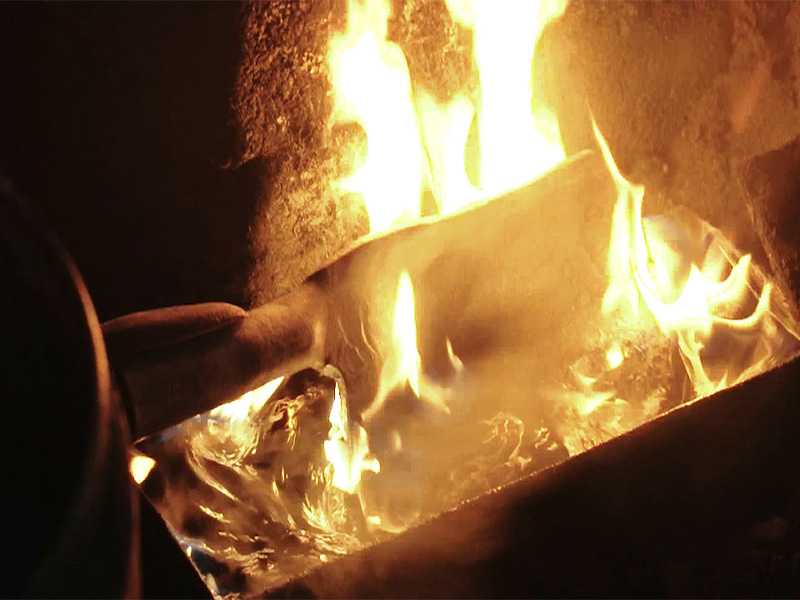

When the workpiece is quenching and cooling, the proper quenching medium must be selected in order to obtain a reasonable quenching cooling rate. At present, the cooling quenching medium used in production is water and oil. When the cooling quenching medium is 20℃ tap water, the workpiece temperature is 200 ~ 300℃, the average cooling rate is 450℃/s; When the workpiece temperature is 340℃, the average cooling rate is 775℃/s. When the workpiece temperature ranges from 500 ℃ to 650℃, the average cooling rate is 135℃/s. Therefore, the cooling characteristics of water is not ideal, in the temperature range of 500 ~ 650℃, its cooling speed is very small, and in 200 ~ 300℃, the cooling speed is very large.

Water is the earliest, most widely used and most economical quenching medium. It is cheap and easy to obtain, non-toxic, non-combustion, stable physical and chemical properties, and strong cooling capacity. By controlling water temperature, increasing pressure, increasing flow rate, circulating water and using magnetic field, the cooling characteristics of water can be improved, deformation and cracking can be reduced, and ideal quenching effect can be obtained. But because these methods need to increase special equipment, and the performance of the workpiece after quenching is not very stable, so it can not be widely used. So said. Pure water is only suitable for quenching a few steel parts with low carbon content, low hardenability and simple shape.



For Further Details,Please Feel Free To Contact Us: